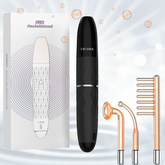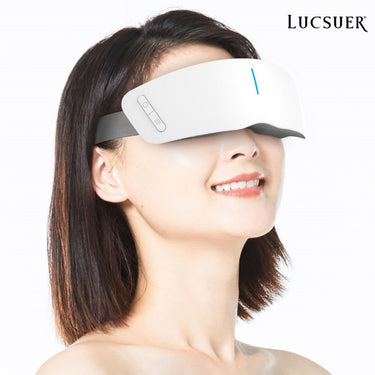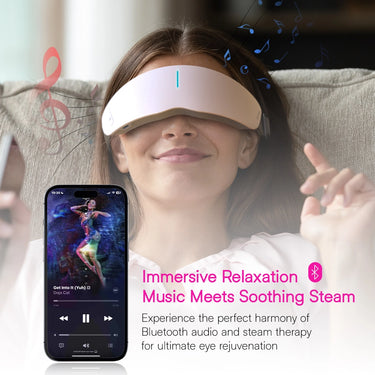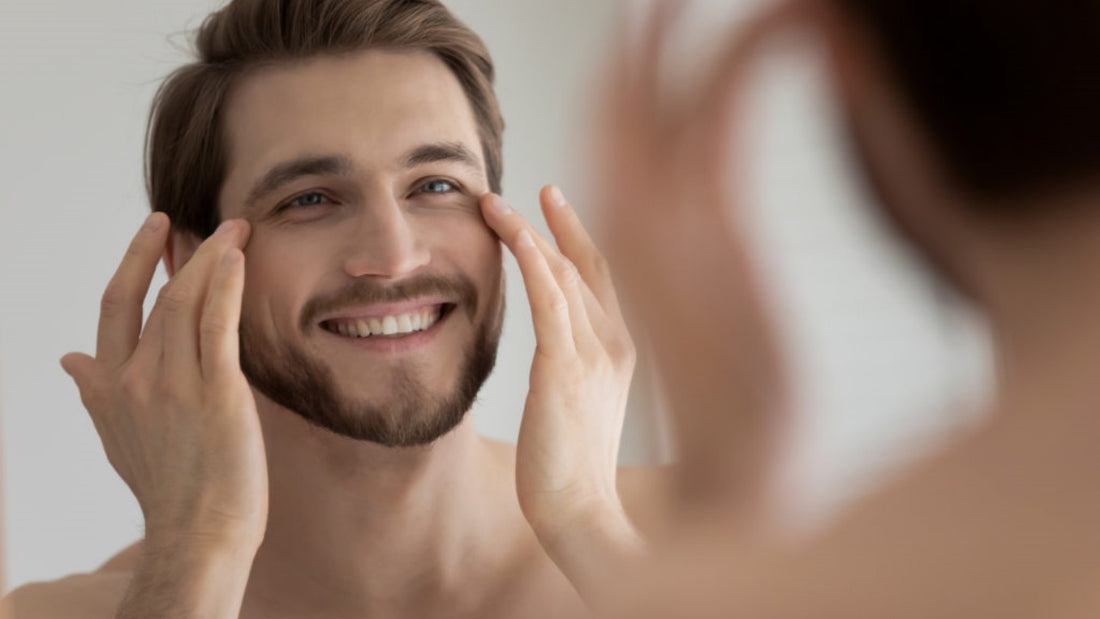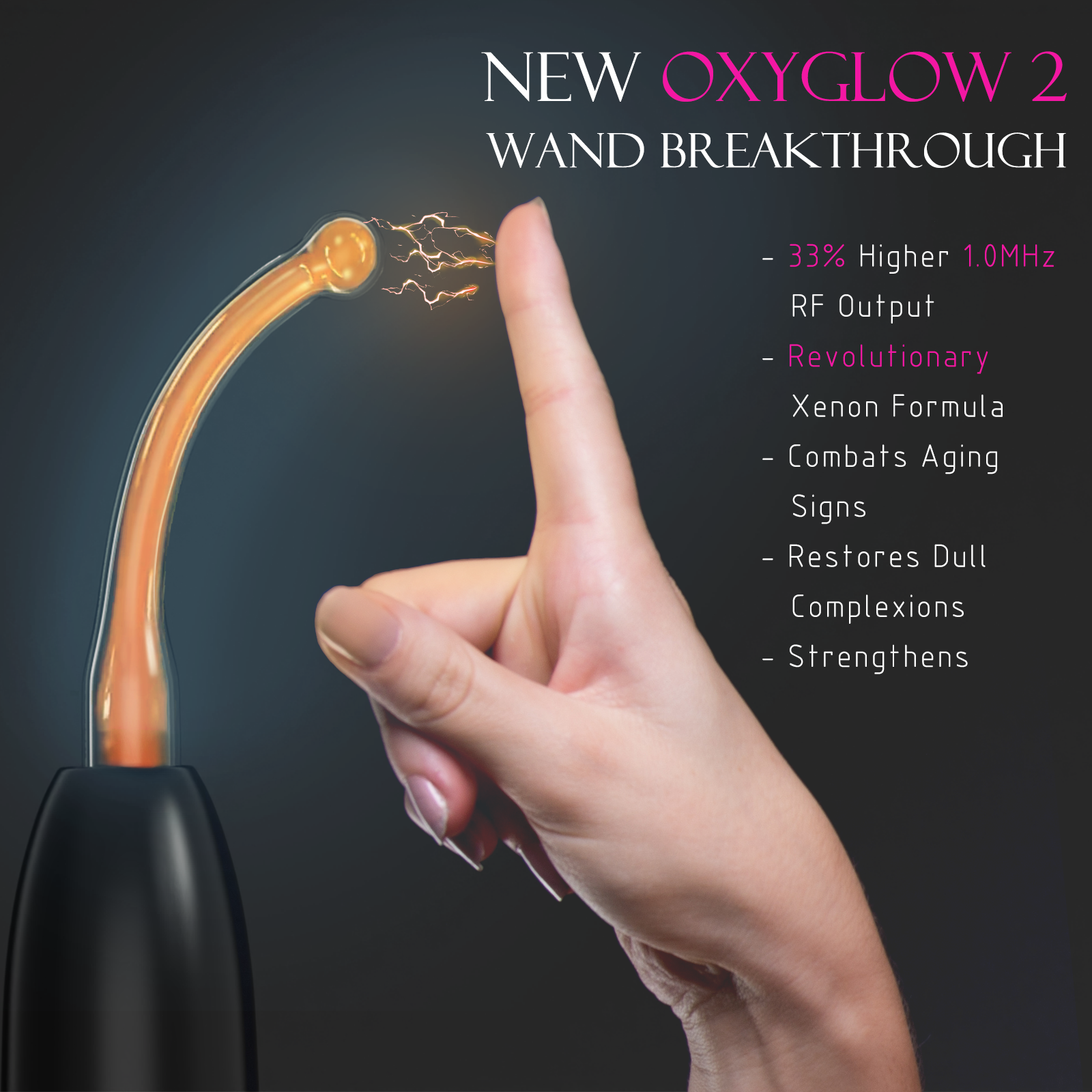Dry eye syndrome is a common and often uncomfortable condition that affects millions of people worldwide. If you’ve ever experienced persistent eye irritation, a gritty sensation, or blurred vision, you may be familiar with the frustrating symptoms of dry eye. This comprehensive guide will delve into the intricacies of dry eye syndrome, explore its causes and symptoms, and shed light on how dry eye masks can offer much-needed relief.
What is Dry Eye Syndrome?
Dry eye syndrome, also known as keratoconjunctivitis sicca, is a multifactorial condition characterized by insufficient tear production or rapid tear evaporation. This leads to a lack of proper lubrication on the eye’s surface, causing discomfort and potentially affecting vision quality.
The Science Behind Dry Eyes
To understand dry eye syndrome, it’s essential to grasp the role of tears in maintaining eye health. Tears are composed of three layers:
- Oily (lipid) layer: The outermost layer that helps prevent tear evaporation.
- Watery (aqueous) layer: The middle layer that nourishes and protects the cornea.
- Mucin layer: The innermost layer that helps tears adhere to the eye’s surface.
Dry eye syndrome occurs when there’s an imbalance in this tear film, either due to decreased tear production or increased evaporation.
Types of Dry Eye
There are two primary types of dry eye:
- Aqueous-deficient dry eye: Characterized by insufficient tear production.
- Evaporative dry eye: Caused by excessive tear evaporation, often due to a deficiency in the oily layer of the tear film.
Common Symptoms of Dry Eye Syndrome
Recognizing the symptoms of dry eye syndrome is crucial for early intervention. Common signs include:
- Burning or stinging sensation in the eyes
- Redness and irritation
- Blurred vision, especially when reading or using digital devices
- Sensitivity to light
- A feeling of grittiness or foreign objects in the eyes
- Difficulty wearing contact lenses
- Watery eyes (the body’s response to irritation)
- Eye fatigue and discomfort
If you experience these symptoms persistently, it’s essential to consult an eye care professional for a proper diagnosis.
Risk Factors and Triggers
Several factors can increase your risk of developing dry eye syndrome or exacerbate existing symptoms:
Environmental Factors
- Prolonged exposure to wind, smoke, or dry climates
- Extended periods of screen time (computer, smartphone, TV)
- Air conditioning or heating systems that reduce indoor humidity
Health Conditions
- Aging (dry eye is more common in individuals over 50)
- Hormonal changes, especially in women during menopause
- Autoimmune diseases like Sjögren’s syndrome, rheumatoid arthritis, or lupus
- Certain skin conditions around the eyes
Medications and Lifestyle Factors
- Antihistamines, decongestants, and some antidepressants
- Long-term use of contact lenses
- LASIK or other eye surgeries
- Insufficient blinking, especially during screen use
- Dehydration or inadequate water intake
Understanding these risk factors can help you take proactive steps to protect your eye health and manage dry eye symptoms effectively.
Diagnosis and Traditional Treatment Options
If you suspect you have dry eye syndrome, it’s crucial to seek professional evaluation. Eye care specialists use various diagnostic tests to assess tear production and quality:
- Schirmer’s test: Measures tear production using small strips of paper placed on the lower eyelid.
- Tear breakup time (TBUT): Evaluates how quickly tears evaporate from the eye’s surface.
- Corneal staining: Uses dye to reveal any damage to the eye’s surface.
Once diagnosed, traditional treatment options for dry eye syndrome may include:
- Artificial tears and lubricating eye drops: Over-the-counter options to supplement natural tear production.
- Prescription medications: Such as Restasis or Xiidra, which aim to increase tear production.
- Lifestyle changes: Using a humidifier, taking regular screen breaks, and staying hydrated.
- Punctal plugs: Tiny devices inserted into tear ducts to prevent tear drainage.
While these treatments can be effective, many individuals seek additional relief through the use of dry eye masks.
How Dry Eye Masks Work
Dry eye masks have emerged as a popular and effective tool for managing dry eye symptoms. These masks work through various mechanisms to alleviate discomfort and improve eye health:
Moisture Retention
Dry eye masks create a barrier that helps retain moisture around the eyes, reducing tear evaporation and providing relief from dryness.
Temperature Therapy
Many dry eye masks offer either heat or cold therapy:
- Heat therapy: Helps melt and unclog oil glands in the eyelids, promoting better tear production and quality.
- Cold therapy: Reduces inflammation and provides soothing relief, especially for allergy-related eye irritation.
Improved Blood Circulation
The gentle pressure and temperature changes from dry eye masks can stimulate blood flow to the eye area, potentially enhancing the function of tear-producing glands.
Types of Dry Eye Masks
There are several types of dry eye masks available, each with its unique benefits:
Heated Eye Masks
These masks provide warmth to the eye area, typically through microwaveable gel packs or battery-powered heating elements. Benefits include:
- Melting and releasing clogged oils in the eyelids
- Stimulating tear production
- Providing soothing relief for eye strain
Cold Compress Masks
These masks offer cooling relief through gel packs or beads that can be chilled in the refrigerator or freezer. Benefits include:
- Reducing inflammation and puffiness
- Alleviating allergy-related eye irritation
- Providing refreshing relief for tired eyes
Moisture Chamber Goggles
These specialized goggles create a sealed, humid environment around the eyes. Benefits include:
- Preventing tear evaporation
- Maintaining a moist eye surface
- Offering overnight protection for severe dry eye sufferers
Choosing the Right Dry Eye Mask for You
Selecting the perfect dry eye mask depends on your specific needs and preferences. Consider these factors:
- Material and comfort: Look for hypoallergenic, soft materials that won’t irritate your skin.
- Adjustability and fit: Ensure the mask can be adjusted for a snug, comfortable fit on your face.
- Ease of use and maintenance: Consider how easy the mask is to clean and maintain.
- Portability: If you travel frequently, a compact, portable mask might be ideal.
- Temperature options: Decide whether you prefer heat therapy, cold therapy, or a mask that offers both.
Some top-recommended brands and products include:
- Bruder Moist Heat Eye Compress
- EyeEco Tranquileyes Moist Heat Therapy Goggles
- IMAK Compression Pain Relief Mask and Eye Pillow
- Thermalon Dry Eye Compress
Remember to read user reviews and consult with your eye care professional before making a purchase.
Using a Dry Eye Mask Effectively
To maximize the benefits of your dry eye mask, follow these steps:
- Clean your hands and face thoroughly.
- Prepare the mask according to instructions (heat or chill if necessary).
- Apply the mask gently over closed eyes.
- Relax and keep the mask in place for the recommended duration (typically 10-20 minutes).
- Remove the mask carefully and avoid rubbing your eyes.
- Follow up with lubricating eye drops if recommended by your eye care professional.
For best results, use your dry eye mask consistently as part of your daily eye care routine. Many users find it beneficial to use their masks in the morning to start the day with refreshed eyes, or in the evening to relieve eye strain from screen use.
Real-Life Experiences with Dry Eye Masks
Many individuals have found significant relief from dry eye symptoms through the use of eye masks. While we can’t share specific personal stories, the general consensus among users is that consistent use of dry eye masks can lead to:
- Reduced eye discomfort and irritation
- Improved ability to wear contact lenses comfortably
- Better sleep quality, especially for those using overnight moisture chamber goggles
- Enhanced overall eye comfort throughout the day
Eye care professionals often recommend dry eye masks as part of a comprehensive treatment plan for dry eye syndrome, noting their effectiveness in complementing other therapies.
Frequently Asked Questions
Q: Can I use a dry eye mask if I wear contact lenses?
A: It’s generally recommended to remove contact lenses before using a dry eye mask. Consult your eye care professional for specific advice.
Q: How often should I use a dry eye mask?
A: Usage frequency can vary depending on your symptoms and the type of mask. Generally, once or twice daily for 10-20 minutes is common, but always follow the manufacturer’s instructions and your doctor’s recommendations.
Q: Are there any side effects to using dry eye masks?
A: When used correctly, dry eye masks are generally safe. Some users may experience temporary blurred vision after using heated masks due to the melting of oils in the eyelids. If you experience any persistent discomfort or adverse effects, discontinue use and consult your eye care professional.
Q: Can dry eye masks cure my dry eye syndrome?
A: While dry eye masks can provide significant relief, they are not a cure for dry eye syndrome. They are most effective when used as part of a comprehensive eye care routine that may include other treatments and lifestyle changes.
Conclusion: Taking Control of Your Eye Health
Dry eye syndrome can be a frustrating and uncomfortable condition, but with the right knowledge and tools, you can effectively manage your symptoms and improve your eye health. Dry eye masks offer a convenient, non-invasive option for alleviating dry eye discomfort and promoting better eye function.
Remember, while dry eye masks can be incredibly helpful, they should be used in conjunction with professional medical advice. If you’re experiencing persistent dry eye symptoms, consult with an eye care specialist to develop a comprehensive treatment plan tailored to your needs.
